Ah, the Emerald Isle – a land of stunning landscapes, rich history, and of course, exceptional Irish beer. But Ireland’s beer scene goes beyond just the iconic dark stout we all know and love. With a diverse range of flavors, from traditional stouts to innovative craft brews, Ireland’s beer landscape is truly a treasure trove waiting to be explored. So, grab a pint, sit back, and join us as we take you on a journey through the world of Irish beers.
Key Takeaways
Discover the unique flavors of Ireland’s dark and creamy stouts, red ales, pale & blonde ales, lagers and ciders.
Explore Irish craft beers for innovative flavor profiles from pioneers like Rascals Brewing Company & Mescan Brewery.
Celebrate St Patrick’s Day with a pint of classic Guinness or something from a local brewery – don’t forget to pair your beer with food!
The Quintessence of Irish Beers: A Guide to the Best Brews
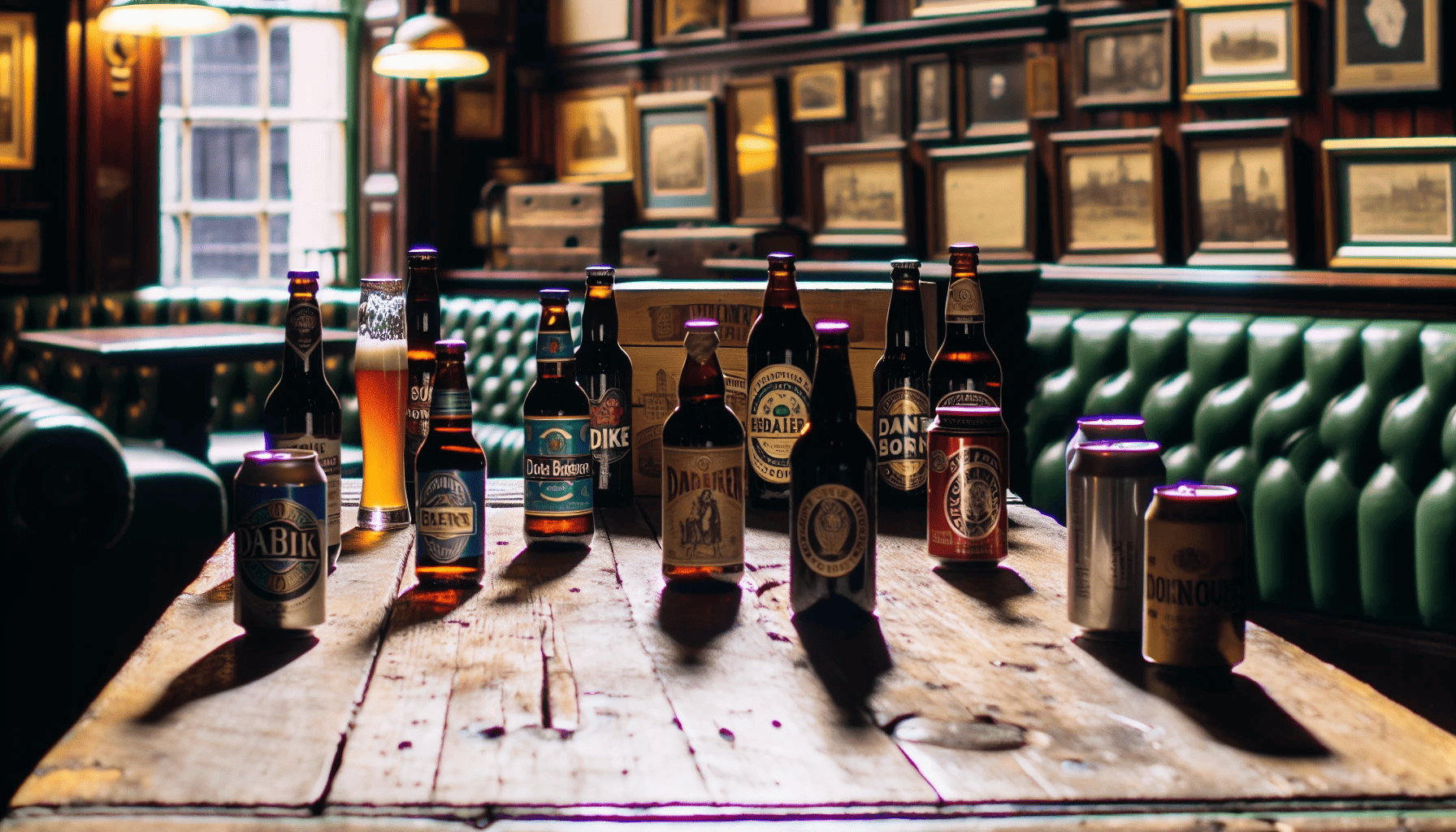
Irish beers are known for their distinct flavors and rich history, which can be traced back over 300 years, thanks to the Francis Abbey Brewery in the 13th century. The Emerald Isle boasts a variety of beer styles, including the famous stout, red ale, and pale ale. From the classic Guinness to modern craft beers, there’s an Irish beer for every taste.
So, whether you’re celebrating St. Patrick’s Day with some Irish whiskey or just enjoying a night at your local pub, you’re bound to find an Irish brew that tickles your taste buds.
Discovering the Stout Spirit: Ireland’s Dark & Creamy Best
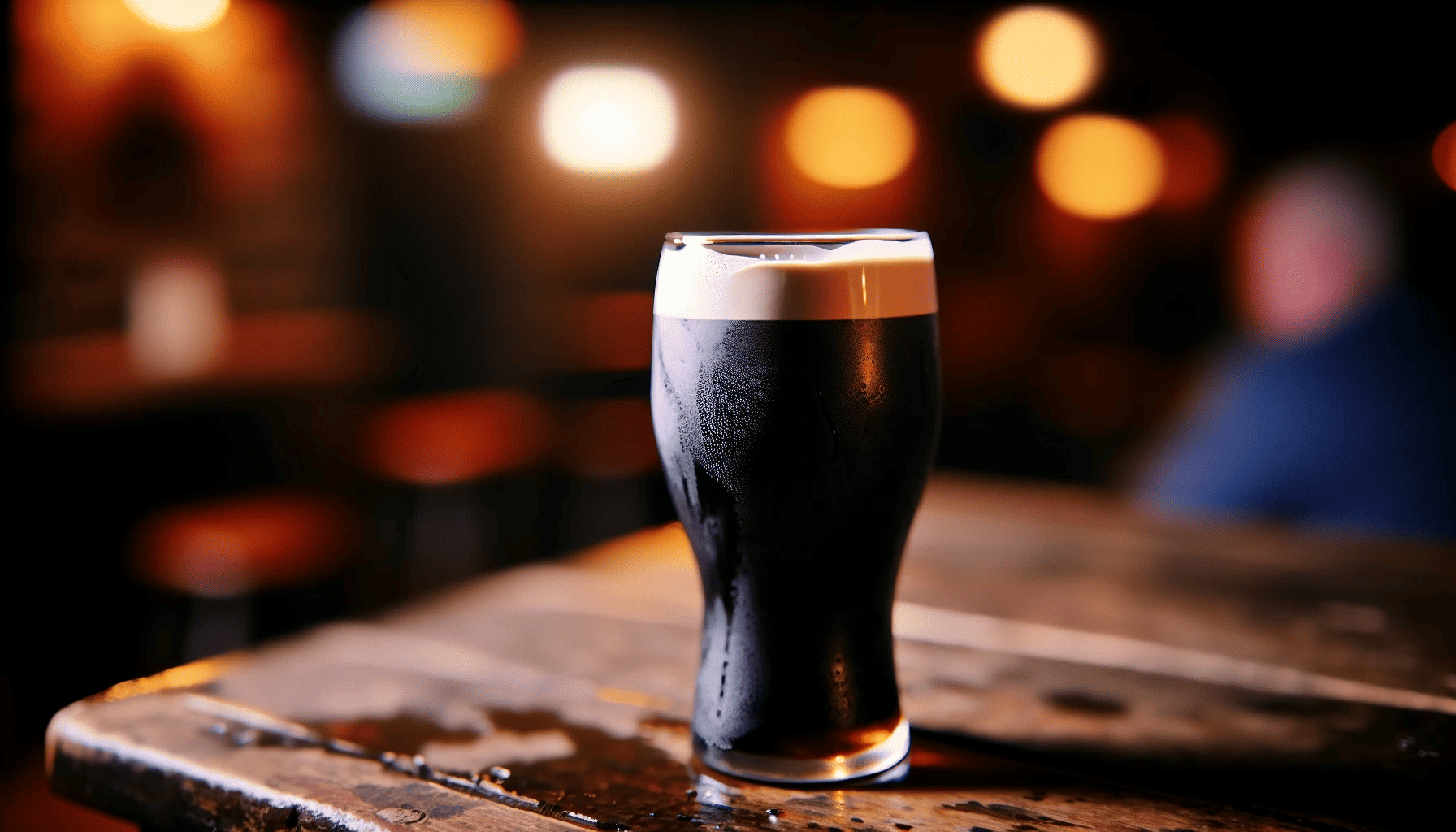
Undoubtedly, Guinness stands as a global phenomenon among Irish stouts. Founded by Arthur Guinness in 1759 at the St. James Gate Brewery in Dublin, this iconic beer has become synonymous with Ireland. But the world of Irish stouts doesn’t end with Guinness. Other popular stouts, such as Murphy’s and Beamish, each bring their own unique flavors and characteristics to the table. Murphy’s Irish Stout offers a lighter dry stout with iced mocha vibes, while Beamish Irish Stout delivers comforting flavors of dark chocolate and coffee.
For those looking to venture into the world of dark beers beyond the well-known stouts, some excellent options include:
The White Hag Black Boar Imperial Oatmeal Stout
O’Hara’s Irish Stout
Brehon Brewhouse Shanco Dubh Barrel-Aged Porter
Porterhouse Brewing Company’s Plain Porter
These delicious brews showcase the rich, creamy, and dark flavors that have made Irish stouts an enduring favorite among beer enthusiasts.
The Red and the Beautiful: Irish Red Ale’s Toasty Charm
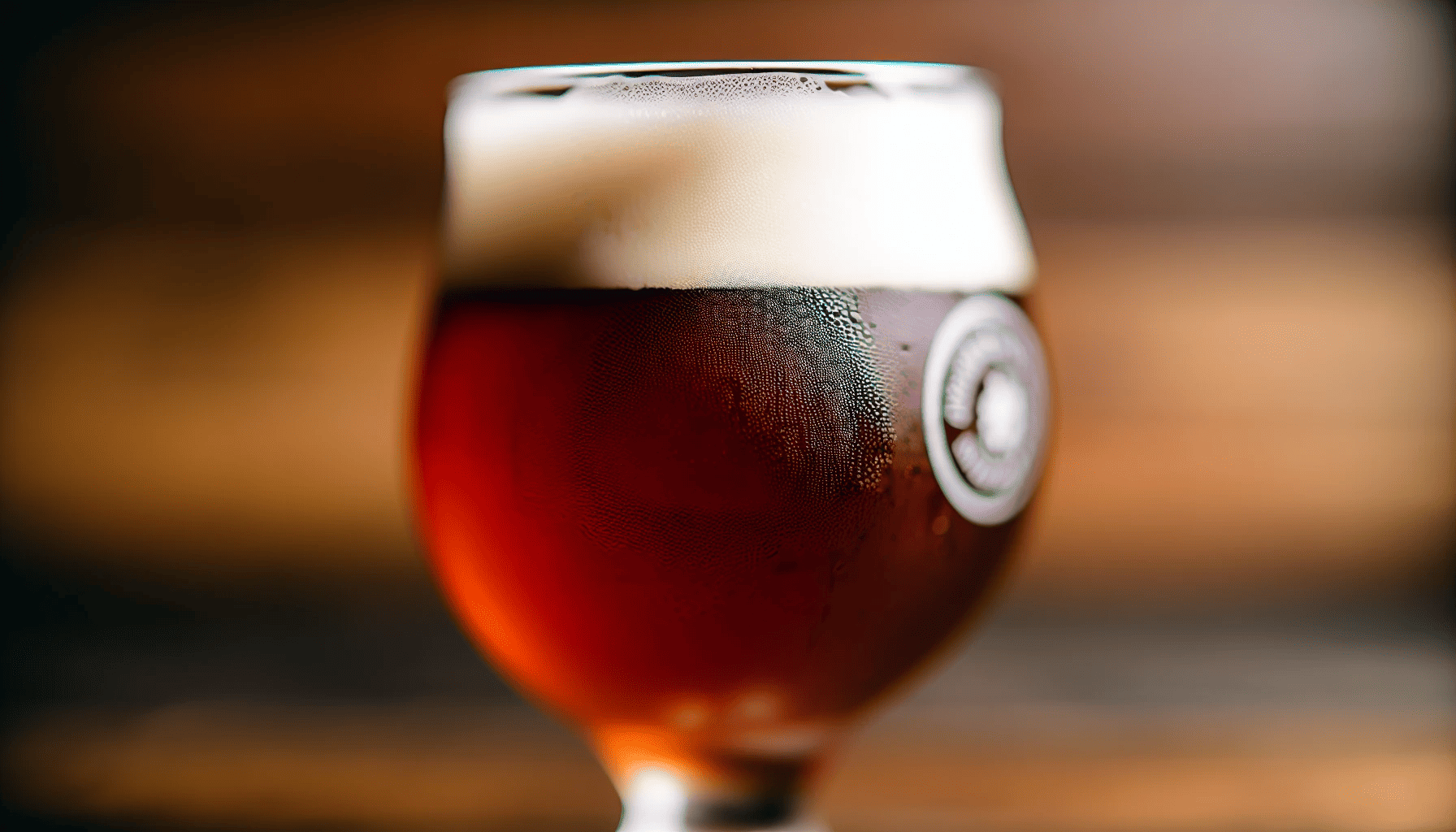
Irish Red Ale, a style first brewed in Kilkenny by Smithwick Brewery in 1710, offers a unique and flavorful alternative to the more well-known Irish stouts. With its toasty malt flavor profile, this beer style has gained popularity both in Ireland and around the world. Some standout examples of Irish Red Ales include Smithwick’s Red Ale, known for its sweet, malty notes and soft bitterness, and Kilkenny Irish Cream Ale, which boasts a malt-forward taste with a less intense hop flavor.
Independent breweries like O’Hara’s Brewery and Sullivan’s Brewing Company also contribute significantly to the Irish Red Ale industry. O’Hara’s Irish Red Ale offers a richer, denser flavor with its caramel and crystal malts, while Sullivan’s Maltings Irish Ale presents a delightful caramel and biscuit flavor profile. With their toasty charm and distinct flavors, Irish Red Ales have truly carved out their place in the hearts of beer lovers.
Lighter Shades of Ale: Irish Pale and Blonde Ales
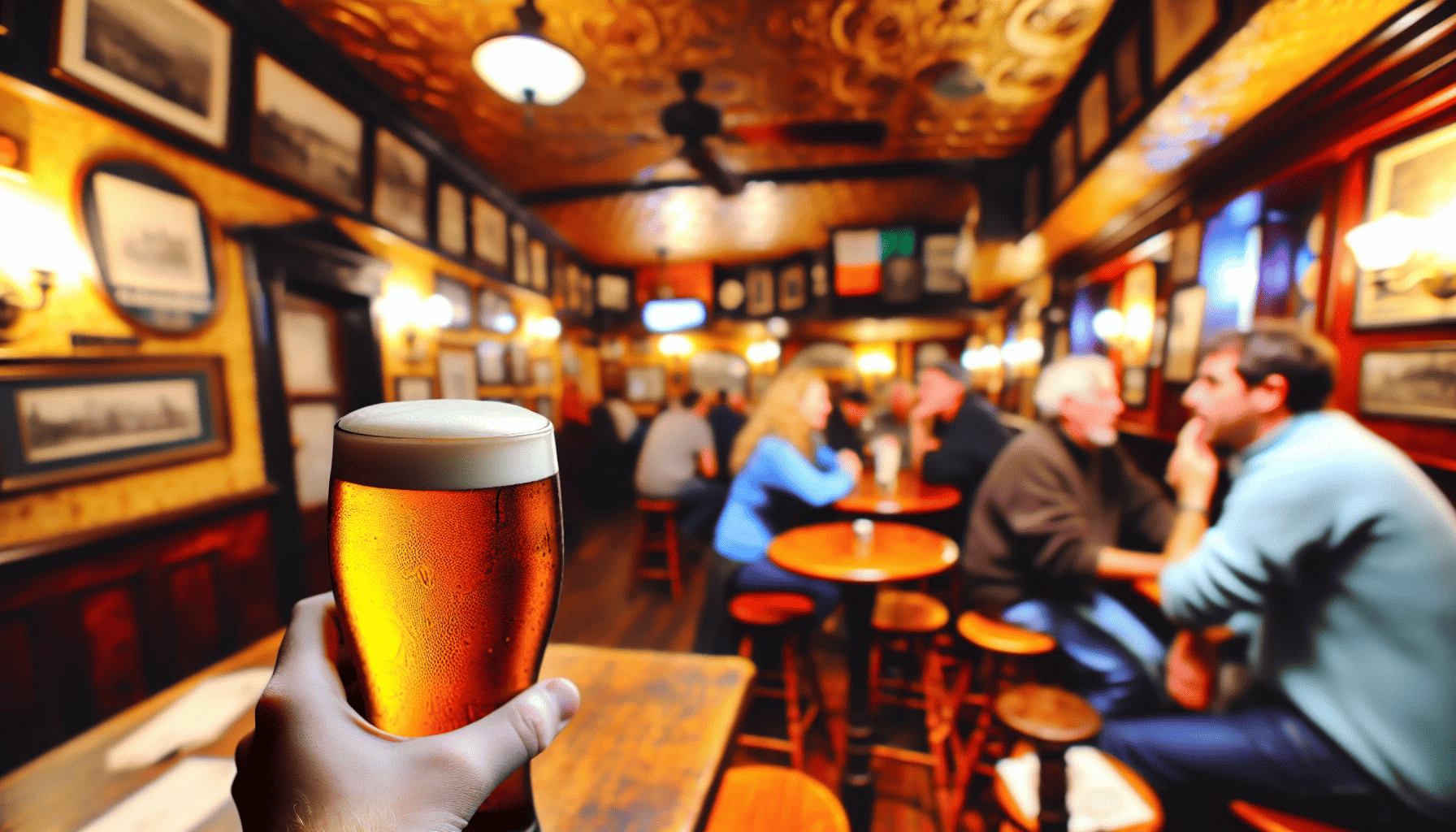
For those who prefer a lighter, more refreshing taste, Irish Pale and Blonde Ales offer a delightful alternative to the darker stouts and red ales. These brews boast flavors of:
grapefruit
pineapple
biscuity malt
bitter pine notes
This makes them a popular choice for those looking to explore the lighter side of the best Irish beer styles, including some of the best Irish beers available from various Irish beer brands.
Some of the most popular Irish Pale and Blonde Ales include:
Elevation Pale Ale
Headless Dog IPA
Lough Gill Brewery Wild Irish Gose
O’Hara’s Irish Wheat beer
McGargles Dan’s Double IPA
Blacks Brewery Kinsale Pale Ale
Five Lamps Pale Ale
Rosie’s Pale Ale
Scraggy Bay IPA
Hilden Brewing Company’s Headless Dog IPA
Smithwick’s Blonde.
With their crisp and refreshing taste profiles, Irish Pale and Blonde Ales are perfect for enjoying on a warm day or as a palate cleanser between more robust brews.
Crafting Excellence: Ireland’s Craft Beer Revolution
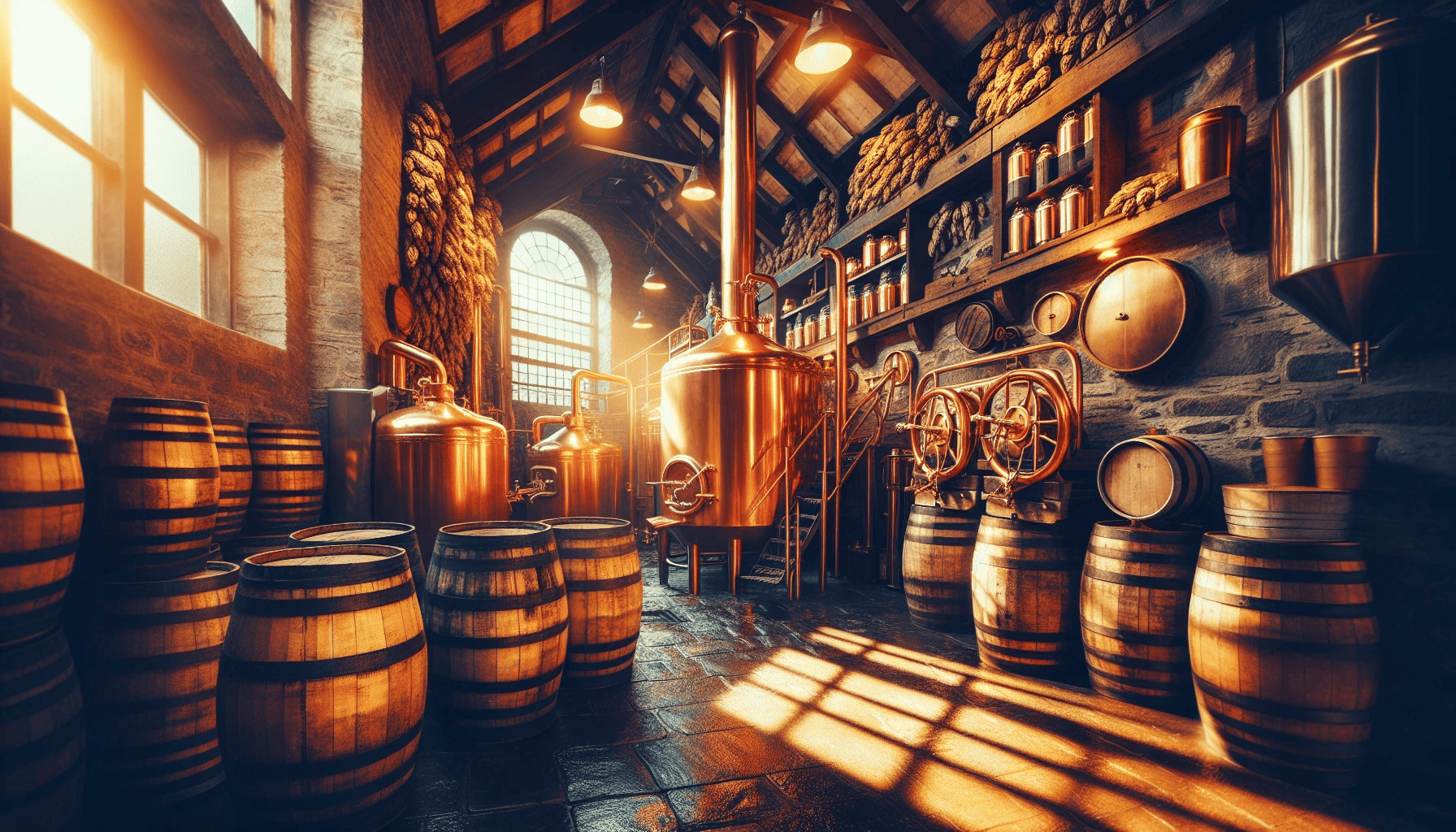
The craft beer revolution has taken Ireland by storm, with trailblazing breweries and experimental brews redefining what it means to be an Irish beer. From the pioneers of the Irish craft beer scene to the local gems that continue to innovate, Ireland’s craft beer landscape is flourishing, offering beer enthusiasts a wealth of new flavors and styles to explore.
The Pioneers of Craft: Trailblazers of the Irish Scene
The foundation of the Irish craft beer industry lies in the visionary initiatives of breweries like Rascals Brewing Company, Wicklow Wolf, and Mescan Brewery. These trailblazers have embraced traditional brewing methods while infusing their brews with unique flavors and creative twists. Rascals Brewing Company, for example, has made a name for itself with its Irish Coffee Stout, a bold and innovative take on the classic Irish stout.
Another pioneer in the Irish craft beer scene is Wicklow Wolf, a brewery that places sustainability at the forefront of its operations. With its own ten-acre hop farm in Roundwood, Wicklow Wolf is committed to producing beers that not only taste great but are also kind to the environment. From their Elevation IPA to their Canis Rufus and Apex Nonó brews, Wicklow Wolf’s beer range showcases the adventurous spirit that defines the Irish craft beer scene.
Experimental Brews: Pushing the Boundaries of Taste
Experimental brews significantly contribute to the Irish craft beer revolution, as breweries continuously redefine the taste boundaries and the definition of an Irish beer. Boundary Brewing, for example, conducts hop experiments to create unique flavor profiles and showcase the versatility of this essential brewing ingredient.
Some standout experimental IPAs from Irish breweries include the offerings from Galway Bay Brewery and the Guinness Open Gate Brewery. These brews feature exciting flavor profiles, such as Black Forest Stout, Honey Brown Ale, and Sea Salt & Lime Lager, challenging the traditional boundaries of Irish beer and delighting the taste buds of adventurous beer enthusiasts.
Local Gems: Independent Breweries Worth Visiting
Independent breweries across Ireland, including the Great Northern Brewery, are distinguishing themselves in the craft beer market with their unique products and dedication to quality. Lough Gill Brewery, for example, is a family-run brewery with a history dating back to the 1800s. With bold beers and unique taste profiles, Lough Gill Brewery is reviving the brewing tradition in Sligo town and producing exceptional brews.
Another independent brewery worth visiting is Dublin City Brewing Company. Founded by a group of friends with a passion for brewing, this brewery offers a range of beers, including:
Irish Pale Ale
Irish Pilsner
Irish Red Ale
Irish Stout
With a warm and welcoming atmosphere, a visit to Dublin City Brewing Company promises a memorable experience for any beer enthusiast.
Beyond the Stout: Expanding Ireland’s Beer Horizons
While stouts and ales may be the most well-known styles of Irish beer, the Emerald Isle’s brewing landscape extends far beyond these classic brews. The emergence of lagers, amber and cream ales, and even ciders has broadened Ireland’s beer selection, introducing fresh and exciting choices for beer enthusiasts.
The Rise of the Irish Lager
Irish lagers, such as Harp Lager and Five Lamps, have been steadily gaining popularity among beer enthusiasts. Harp Lager, created by Guinness in 1960 at their Dundalk brewery, offers a crisp and refreshing flavor that has become a popular choice in Northern Ireland pubs. Five Lamps, on the other hand, boasts a tasty beer with a nice bitterness and a smooth finish, making it the ideal choice for those who prefer a lighter beer experience.
The increasing popularity of Irish lagers illustrates the adaptability of the Irish beer industry. With their crisp and refreshing flavors, these brews provide a pleasant alternative to the darker stouts and ales traditionally associated with Ireland. So, whether you’re a fan of the classic Guinness or looking to branch out into something new, Irish lagers are definitely worth exploring.
A New Wave of Ales: Amber and Cream Ales
Amber and cream ales introduce a fresh trend in Irish beer styles, providing smooth and creamy options to conventional brews. Irish amber ales, for example, typically feature a maltier, medium-bodied flavor with a signature amber to reddish copper color. Cream ales, on the other hand, are brewed with lager yeast and are known for their smoother, creamier mouthfeel.
This new wave of amber and cream ales showcases the innovation and creativity present in the Irish beer scene. With their unique brewing techniques and captivating flavors, these brews offer a refreshing change of pace from the traditional stouts and ales that have long dominated Ireland’s beer landscape.
The Cider Connection: For Those Who Branch Out
For those seeking an alternative to classic Irish beers, Magners Irish Cider presents a fruity and invigorating option. Made by fermenting apple juice rather than grains like barley, Magners Irish Cider has a unique flavor and character that sets it apart from more conventional brews.
Available in a range of flavors, including the original apple cider and the fruity Magners Irish Cider Berry, this popular drink provides a delightful change of pace for those looking to explore the wider world of Irish beverages. With its refreshing taste and fruity notes, Magners Irish Cider is the perfect choice for those looking to branch out and try something new.
Pairing Perfection: Food Meets Irish Beer
Mastering the art of pairing Irish beers with food can elevate your culinary experience to new heights. Here are some examples of beer and food pairings:
Stouts: Pair with savory dishes such as beef stew or chocolate desserts.
Ales: Pair with grilled meats or spicy dishes.
Lagers: Pair with seafood or light salads.
The right combination of beer and food can bring out the best in both.
Whether you’re hosting a dinner party or having a tranquil evening at home, it’s worth considering perfect pairings for your preferred Irish brews.
Stout and Savory: Ideal Combinations for the Dark Brew
Dark and creamy stouts, such as Guinness, Murphy’s, and Beamish, pair perfectly with rich and savory foods like oysters, smoked salmon, and strong cheeses. The bold flavors of these stouts can stand up to the intense taste profiles of these dishes, creating a harmonious and satisfying culinary experience.
For those looking to incorporate stouts into their cooking, Guinness Draught can be used to create flavorful dishes such as:
Irish stew
Beef stew
Slow-cooker chili
Guinness steak and mushroom pie
With their rich, creamy flavors and bold character, stouts provide the perfect complement to a wide range of hearty and savory dishes.
Ale and Eats: Matching Red and Pale Ales with Meals
Pairing red and pale ales with meals that enhance their flavors can create a truly memorable dining experience. Hearty stews, grilled meats, and seafood dishes all pair wonderfully with the toasty and malty flavors of Irish red ales, like Smithwick’s Red Ale and Kilkenny Irish Cream Ale. Similarly, the crisp and refreshing taste of Irish pale ales is the perfect accompaniment to dishes like fish and chips, soda bread, corned beef and cabbage, and American cheese.
By carefully considering the flavors and characteristics of your chosen ale, you can create a meal that not only complements the beer but also elevates the entire dining experience. So, whether you’re a fan of red ales or pale ales, there’s a perfect food pairing out there waiting to be discovered.
Lager Lovin’: Foods That Shine with Crisp Lagers
Pairing crisp lagers with foods that shine can create a truly delightful dining experience. BBQ dishes, light salads, and spicy cuisine all pair beautifully with the refreshing flavors of Irish lagers like Harp Lager and Five Lamps. The light and crisp taste of these lagers provides the perfect balance to bold and flavorful dishes, making for a truly satisfying meal.
From traditional Irish dishes like corned beef and cabbage, shepherd’s pie, and Dublin Coddle (sausage and potato stew) to international favorites like burgers and sushi, there’s a wide range of foods that can be perfectly paired with a refreshing Irish lager. So, whether you’re hosting a dinner party or enjoying a casual meal at home, don’t be afraid to experiment with different food and lager pairings to find the perfect combination for your taste buds.
The Legacy of Brewing: Irish Beer’s Historical Journey
The rich history of Irish beer is a testament to the enduring passion and skill of the country’s brewers. From the iconic legacy of Arthur Guinness to the evolution of beer styles over the centuries, Ireland’s brewing traditions have shaped the landscape of the global beer scene.
As we honour the past, present, and future of Irish beer, it’s worth examining the historic journey that has cemented these brews as a cherished part of the Emerald Isle.
From Stout to Success: The Story of Arthur Guinness
The story of Arthur Guinness is one of innovation and success. Born in 1725, Arthur used his inheritance to rent his first brewery in Leixlip before later signing a 9,000-year lease on the St. James Gate Brewery was established in Dublin in 1759. It remains one of the oldest breweries in Ireland. It was at this brewery that Arthur began producing the dark beer with creamy foam that would later become the world-famous Guinness Stout.
Today, Guinness is one of the most famous and beloved beer brands around the world, with an estimated 1.5 billion pints sold every year. The enduring success of this iconic Irish stout is a testament to the vision and determination of its founder, Arthur Guinness, whose legacy continues to inspire brewers and beer enthusiasts alike.
A Tradition Transformed: How Irish Beer Styles Have Evolved
The evolution of Irish beer styles is a fascinating tale of tradition and innovation. Dry stout and red ale, two of the most popular styles in Irish brewing history, have endured the test of time and remain popular choices among beer enthusiasts today. However, the ever-changing landscape of the brewing industry has also given rise to new styles and flavors, such as amber and cream ales, which showcase the creativity and versatility of Irish brewers.
This continuous transformation of Irish beer styles is an exciting aspect of the country’s brewing heritage. As the industry continues to evolve and adapt to new tastes and trends, the legacy of Irish brewing remains a testament to the passion, skill, and innovation that has made these beers such a beloved part of the Emerald Isle’s rich history.
Celebrating with Suds: Irish Beer and St. Patrick’s Day
St. Patrick’s Day brings celebration and joyousness, positioning Irish beer as the centerpiece of festivities in Ireland and globally. From festive pints of Guinness to beer-centric parties, there’s no better way to toast the patron saint of Ireland than with a delicious Irish brew.
Whether you’re wearing your most vibrant green outfit or raising a glass in St. Patrick’s honour, it’s worth examining the link between Irish beer and this cherished holiday.
Paddy’s Day Pints: Beer as a Festive Staple
The importance of beer as a festive staple during St. Patrick’s Day celebrations cannot be overstated. From the classic Guinness to more modern craft brews, Irish beer is an integral part of the holiday’s traditions and festivities. In fact, it’s estimated that around 3 million pints of Guinness are consumed on St. Patrick’s Day alone, showcasing the enduring popularity of this iconic Irish brew.
Of course, St. Patrick’s Day celebrations aren’t limited to just Guinness. Other popular Irish beers, such as Murphy’s Irish Stout and Smithwick’s Irish Ale, also make frequent appearances at St. Paddy’s Day gatherings. So, whether you’re toasting to the luck of the Irish with a pint of Guinness or sipping on a craft beer from a local brewery, there’s no better way to celebrate St. Patrick’s Day than with a delicious Irish brew.
Hosting a Themed Bash: Tips for a Beer-Centric Party
Hosting a beer-centric party can be a fun and memorable way to celebrate St. Patrick’s Day with friends and family. Here are some ideas to create a festive atmosphere that pays tribute to Ireland’s rich brewing heritage:
Play beer-themed party games like Beer Pong and Oktoberfest games
Decorate with green and gold decorations that pay homage to the Emerald Isle
Serve traditional Irish beers like Guinness and Smithwick’s
Offer a variety of craft beers from local breweries
Provide Irish-inspired snacks and appetizers like corned beef sliders and Guinness-infused desserts
With these ideas, your St. Patrick’s Day beer party is sure to be a hit!
When it comes to food pairings, consider matching your favorite Irish beers with dishes that bring out their flavors. For example, hearty stews and grilled meats pair well with Irish red ales, while lighter dishes like salads and seafood complement the crisp and refreshing taste of Irish pale ales and lagers. With a little creativity and thoughtful planning, you can create a beer-centric party that celebrates St. Patrick’s Day and the delicious world of Irish brews.
Summary
From the iconic Guinness to innovative craft brews and beyond, the world of Irish beer offers a diverse and flavorful landscape for enthusiasts to explore. With a rich history and an enduring legacy of innovation, Ireland’s brewing traditions continue to shape the global beer scene and delight the taste buds of drinkers around the world. So, whether you’re raising a pint in celebration of St. Patrick’s Day or simply looking to expand your beer horizons, there’s no better time to discover the delicious world of Irish brews.
Frequently Asked Questions
What is Ireland’s most popular beer?
Guinness is the most popular beer in Ireland and renowned worldwide for its dark color and smooth texture. It has been brewed in Dublin since 1759, and has a rich, creamy taste that makes it a favorite of many.
Why do the Irish drink dark beer?
The Irish discovered that dark malts brought down the alkalinity of their water, making it more palatable, so they began brewing and drinking dark beer. The unique chemistry of the island’s water is what created the perfect environment for the appreciation of dark beer.
What is the stereotypical Irish beer?
Irish Stout Beer is the stereotypical Irish beer, typically dark brown or black with a thick brown head and known for its dark, bitter, and creamy flavor.
What are the most popular types of Irish beer?
Irish beer is all about the variety, with popular types like Imperial stout, red ale, IPA, lager, Irish cream ale, and barrel-aged porter.
What are some great Irish craft beers to try?
If you’re looking for an Irish craft beer experience, why not try Black 16 stout from Wicklow Brewery, Rascals Brewing Company’s Irish Coffee stout, Galway Bay Brewery’s Weigh and Measures, or Galway Hooker Brewery’s flagship Irish pale ale?

